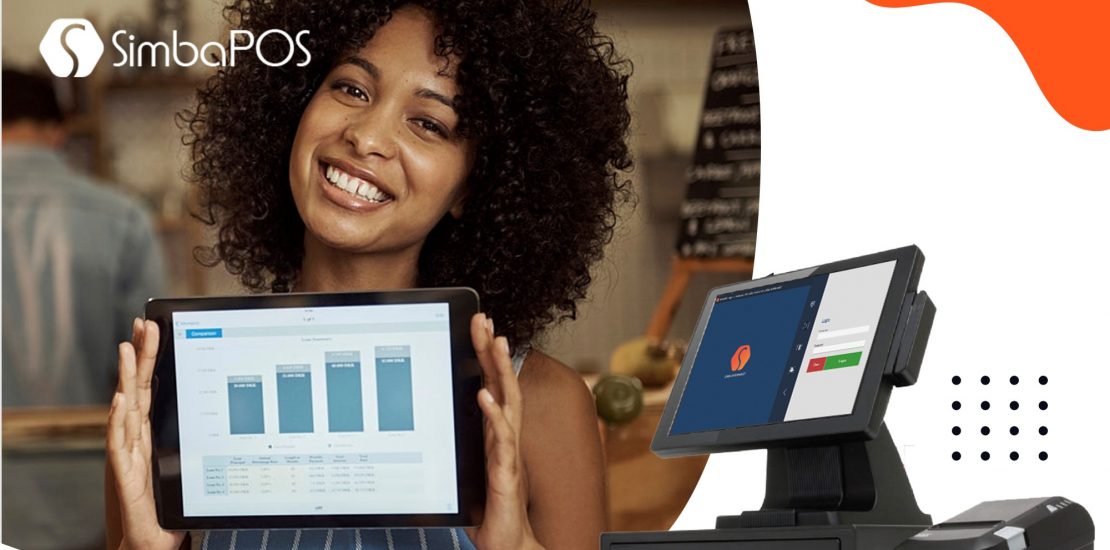- May 1, 2020
- Posted by: simba001
- Category: Reatil POS Insights

Now that you know what gross profit is and how to use it to attribute a product’s monetary value for your business, let’s look at eight tried-and-true ways to increase your profit margins and give a boost to your sales:
- Bring your brick-and-mortar store online
- Avoid markdowns by improving your inventory purchasing
- Plan ahead for each season
- Find ways to reduce operating expenses
- Increase your average transaction value (ATV)
1. Bring your brick and mortar store online
It’s imperative that your customers are able to find your retail business online.
This can be as simple as creating a Google My Business profile to help more local customers find your store either through Google Search or Google Maps. According to Google, 88% of people that search for a local business online either call or visit that business within 24 hours. Setting up a GMB profile helps businesses convert online visibility into in-store transactions.
If you want to take it a step further, consider launching an online store. While getting started may seem like a daunting task, you can always start small and work your way up as you have time and resources.
Even a basic (but well-designed) website that features your business name, location and contact information is beneficial for helping customers find your store. But the real benefit of setting up an online store is creating a secondary sales channel to complement brick-and-mortar sales.
An online store can increase your exposure and sales while costing far less than opening a second physical location.
2. Avoid markdowns by improving your inventory purchasing
Whenever you lower the price of an item, you’re also lowering that item’s profit margin thus no increase your profit margins. That’s why it’s best to avoid markdowns whenever possible.
The most effective way to avoid markdowns is to improve your inventory management, the merchandise you have on hand, the products sell quickly at full price and the ones that don’t. That information (which you can typically find in your POS system’s sales reports) will help you decide which products to stock up on and how much to buy to fulfill customer demand, prevent overstocking and avoid the need for markdowns and promotions altogether.
3. Plan ahead for each season
Most retail businesses have a season where their sales peak. A retailer’s peak season will vary based on their sector, product-type and their location. Even then, most retailers in Kenya will experience a fluctuation in sales from one month to another.
Retailers should get into the habit of looking at their annual sales reports, broken down month-by-month. Which months do they make the most sales in? Does that pattern persist year after year?
Use those patterns when planning your seasonal inventory purchasing. If you notice that you sell a higher volume of certain product types in a given season, consider purchasing more units of that item to capitalize on its seasonality and maximize sales.
A secondary benefit to planning your seasonal inventory ahead is that suppliers may offer discounts for advanced or bulk orders. You may be able to lower that item’s COGS, maintain it’s retail price and maximize that item’s gross profit.
4. Find ways to reduce operational expenses
James Kariuki, a retail analyst at Integral Business Consultants, suggests that retailers find ways to streamline their operations as a way to increase profit margins.
There are several key areas where a retailer can reduce operational costs. For starters, look at labor costs and avoid overstaffing. Next, look at other costs like your product packaging, shopping bags and even your store lighting. Are there any costs that can be reduced? In the case of lighting, it may be worthwhile to invest in energy-efficient commercial lighting.
Another way to reduce operational costs is by streamlining productivity. Are there certain repetitive tasks that are taking up chunks of you and your staff’s time? A usual culprit is anything to do with data entry.
The good news? Most time-consuming data entry tasks can be automated. For example, rather than manually transferring sales data from your point of sale system to your accounting software, consider using a two-way integration, which automatically pushes information from one system to the other. Spend less time punching in numbers (or avoid paying someone to do that task for you) and benefit from accurate bookkeeping.
5. Increase your average transaction value (ATV)
Increasing your store’s average transaction value (ATV) is both an excellent and achievable way to increase profits. Retail is an inherently social activity and, although technology helps merchants serve customers, nothing can replace the connection between an empathic and informative (but not pushy) sales associate and their customer.
But how can you use social interactions to boost ATV?
Teach your sales associates the art of suggestive selling. Once a customer is in your store, it’s on your sales associates to build a rapport, listen intently to their needs and find products that fulfill those needs. In our 2020 Retail Trends Report, we found that 82% of consumers want more human interaction when they shop and those interactions between sales associates result in higher in-store sales. At the Jedi’s Clothes Store in Nairobi, for instance, conversions increased by 182% when customers engaged with a sales associate.
Your store layout has an impact on in-store sales, too.
How you promote and display your products in-store, known as visual merchandising, can help customers find what they’re looking for, discover related products and make a purchase. Point of sale marketing (placing low-investment products near the checkout) is another tactic retailers use to increase impulse purchases and a customer’s transaction value.
Ultimately, each of these tactics has a similar objective: spending less and selling more. As you prep your retail store for long-term growth, consider applying them in your day-to-day operations and monitor their impact on your bottom line.





